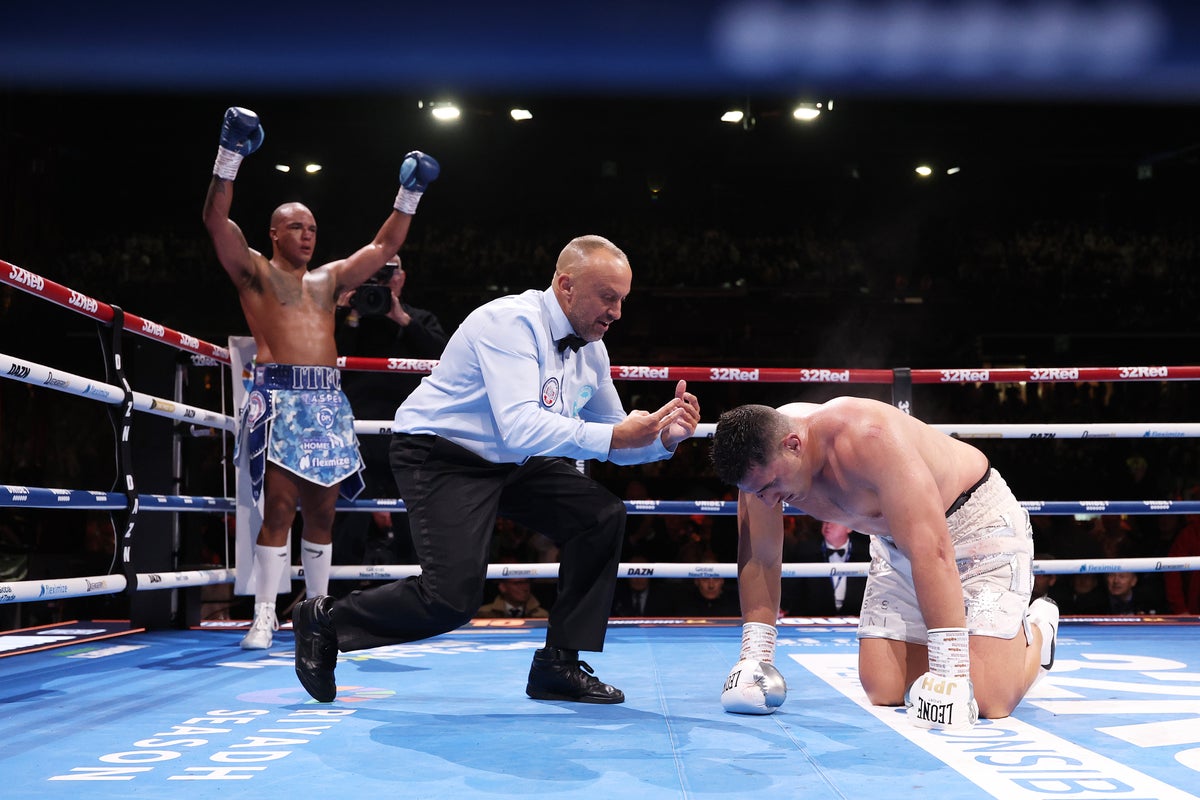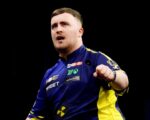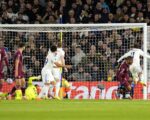For most people, it is incredibly difficult to build a brawny 115kg frame. It is even harder to manoeuvre this frame with the fleet-footedness needed to succeed in professional boxing.
This is why strength and conditioning coaches in the sport face a tricky task, particularly in the heavyweight division.
Danny Wilson is an expert in this area. As coach to Mirafit athlete Fabio Wardley, and founder of coaching company Boxing Science, his primary goal is helping boxers improve their performance inside the ring via activities completed outside it – lifting weights, plyometrics, conditioning drills and more.
Below, he outlines the two biggest misconceptions people have about training heavyweight boxers, and how he counters them.
1. Heavyweight boxers are already strong enough
Mass moves mass. Heavyweight boxers are, by definition, heavy, and as such they can usually already shift plenty of tin. But Wilson says it is a mistake to assume they are already strong enough, or omit maximal strength work from their training.
“You see a big guy lifting 200kg and you think that they’re strong,” he says. “However, when compared ‘pound for pound’ [with other boxers], many heavyweights are actually well below the standard.”
Take Terence Crawford as an example. In a previous feature, we learned that he could deadlift more than 200kg ahead of his Canelo fight – almost three times his fighting weight of just under 76kg.
If Wardley were to lift 200kg, on the other hand, it would represent 1.7 times his fighting weight. Building better top-end strength lays the foundations for further work on speed and power, so Wilson ensures he “makes maximal strength training a priority”.
“There is a range of research and in-house testing we perform at Boxing Science that shows that lower body maximum strength and power are among the biggest contributors to a powerful punch,” he says.
“To become explosive, we need to train both ends of the spectrum; maximum strength, as well as speed and power.”
To do this, he has Wardley perform jumps and trap bar deadlifts – but the goal for the latter is not always to move the heaviest weight possible.
“We perform trap bar deadlifts as it’s a key compound movement for maximum strength and perform jumps for speed and power,” Wilson explains.
“For the trap bar deadlifts, we attach a GymAware device to the bar to give feedback on lifting velocities. This makes our training more precise and encourages Fabio to lift the bar faster, making our strength training more explosive.”
2. Long, slow conditioning protocols are best
We have all watched Rocky racking up the miles in a sweat-soaked grey tracksuit. But Wilson says the lengthy aerobic protocols favoured by many heavyweight boxers are, in many cases, not meeting their specific needs.
“Punch outputs are lower in the heavyweight division – this means that a lot of heavyweights go for longer, slower conditioning methods,” he explains. Think long runs or sitting on an exercise bike at a conversational pace for 90-plus minutes.
“However, heavyweight boxers need quite the opposite as they need to become conditioned to produce high amounts of force repeatedly,” Wilson continues.
He achieves this with Wardley using the “brutal max-out session” below:
Four rounds:
- 30 seconds maximum effort
- Three minutes of recovery
“This workout conditions a boxer’s power-endurance,” says Wilson. “When they are working that hard, they only need to perform four repetitions.”
It can be performed using almost any modality, provided you can achieve the requisite maximum effort stimulus. For example, you might run, cycle, row or burpee as fast as you can for 30 seconds. However, something like skipping might struggle to generate the necessary intensity to see the desired training adaptations.
For an athlete, recovery can also be considered, and they might not want the extra stress on the body that running and burpees provide. For this reason, the fan bike is a popular option among coaches.
Read more: The daily non-negotiables that transformed Conor Benn’s health and mindset in 70 days
DAZN is the home of combat sports, broadcasting over 185 fights a year from the world’s best promoters, including Matchroom, Queensberry, Golden Boy, Misfits, PFL, BKFC, GLORY and more. An Annual Saver subscription is a one-off cost of £119.99 / $224.99 (for 12 months access), that’s just 64p / $1.21 per fight.
There is also a Monthly Flex Pass option (cancel any time) at £24.99 / $29.99 per month. A subscription includes weekly magazine shows, comprehensive fight library, exclusive interviews, behind-the-scenes documentaries, and podcasts and vodcasts.
For pricing in your country, more information and to sign up, click here.






